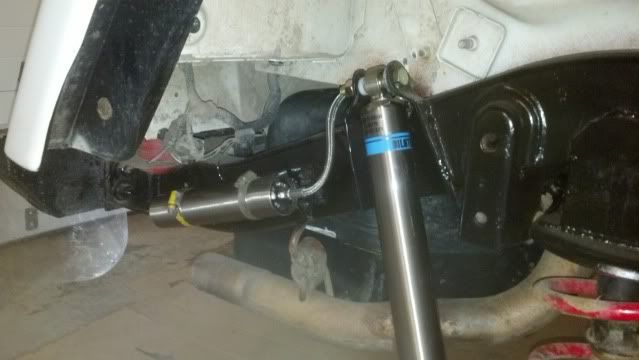Hey guys, I may want to post this in a more general area but I was wondering if there is any way to make or help my 88 Cherokee along washboards. I think the most viable option is airing down but what PSI is best and I would love to hear some ideas.
I just got back from a 1000 mile trip around Utah and Hole in the Rock outside of Escalante almost did me in. My muffler rattled off, a sway bar link popped, and my rear view mirror screw backed out. I know jeeps ride the exact opposite of Cadillac's but I preferred the hard offroading with 4Lo ANYDAY over a straight section of washboard now. The rattling and noise and nervousness was the worst.
Thanks!
I just got back from a 1000 mile trip around Utah and Hole in the Rock outside of Escalante almost did me in. My muffler rattled off, a sway bar link popped, and my rear view mirror screw backed out. I know jeeps ride the exact opposite of Cadillac's but I preferred the hard offroading with 4Lo ANYDAY over a straight section of washboard now. The rattling and noise and nervousness was the worst.
Thanks!

